Who Are Email Spammers?
Email spammers are individuals or organizations that send unsolicited messages in bulk, often as part of an email spam campaign. Their motives are multifaceted, ranging from financial gain through mass advertising to data theft via phishing schemes. While some may view themselves as unorthodox marketers, others are clearly engaged in criminal activities such as malware distribution.
Unintentional Email Spammers
Not everyone sending spam messages does so with malicious intent. For instance, a freelance web developer who mass-emails business offers is technically spamming an email address, a practice that is often prohibited in many regions. Tools like an email spam checker can help you avoid such pitfalls.
Others become accidental spammers when malware infects their email clients and starts exploiting weak accounts to send out spam. To avoid this, it's crucial to use reliable antivirus software and practice safe online habits.
Why Do Scammers Want Your Email?
Email spammers and scammers employ various tactics to compromise your data and generate income. They may trick you into revealing personal information through phishing schemes or deploy malware to steal sensitive data. Some even profit from mass advertising and selling lists of active email addresses to other spammers.
Your email address is a valuable asset for them, enabling a flood of unsolicited content aimed at deception and financial loss. In some cases, your email serves as a gateway for more severe cyber-attacks like ransomware.
How Do Spammers Get Your Email Address?
Understanding the tactics of spammers is your first line of defense in the battle against mail spam. Now that you are familiar with the motivations behind spamming, let's delve deeper into the various methods spammers use to acquire digital contact details.
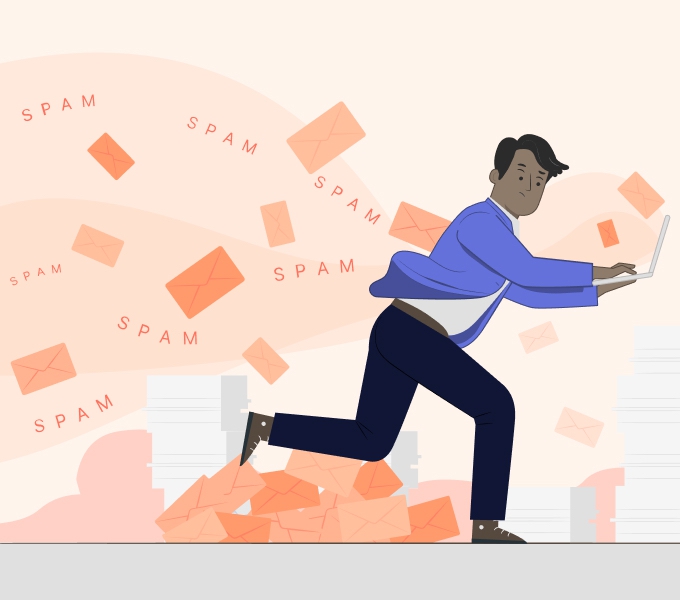
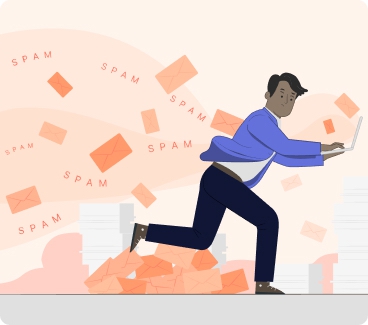
1. Email harvesters
Similar to search engines, spammers deploy advanced bots that methodically scan the web. However, unlike search engines, these bots, known as email harvesters, are programmed to locate harvested email addresses instead of indexing websites.
The "@" symbol is a clear indicator of an email account, yet contemporary harvesters have the capability to detect even disguised addresses, making it a significant challenge to prevent your mail address from being harvested and added to a spam email address list.
2. Phishing and Social Engineering
Spammers often resort to phishing and social engineering to deceive individuals. They craft convincing emails that mimic reputable organizations, tricking recipients into sharing their credentials. It's crucial to remain vigilant and verify the authenticity of any requests for personal information to avoid these traps and being added to scammer email addresses list.
3. Data Breaches and Leaks
Data breaches and leaks are common sources for spammers to acquire mail addresses. These incidents involve unauthorized access to databases, leaking personal information to malicious parties. Protect yourself by updating passwords regularly and using multi-factor authentication. Stay informed about recent email data breaches to take timely protective actions.
4. Subscription and Sign-up Forms
Spammers often use fake sign-ups on subscription forms to harvest email addresses. To avoid being added to scam mailing lists, always verify the legitimacy of the website and use platforms with robust security measures.
5. Random generation
Like passwords, addresses can be randomly generated, and that’s exactly how spammers sometimes obtain long lists of emails. Typically, a spammer uses a purpose-built software tool that can receive a massive list of words and output valid email addresses.
This approach is much more efficient than the generation of emails with random letters and numbers, which inevitably produces many accounts that look something like this: 41fsjkl23@gmail.com. In most cases, such addresses are not valid.
6. Darknet markets
Darknet is a term that’s used to refer to the portions of the internet purposefully not open to public view. Websites that operate via Tor or I2P are part of the darknet, and many such websites are basically large online stores for spammers and hackers in general. There, spammers can instantly purchase mailing lists and spamming tools, which allows them to get started in no time.
Learn more about how to stop emails from online stores.
7. Malicious newsletters and subscriptions
The chances are that you’ve signed up for at least a couple of newsletters or subscriptions in your life. Newsletters and subscriptions are popular, and many people like to receive them on a regular basis. Email spammers know this, which is why they like to create fake newsletters and subscriptions just to collect mail addresses.
How to Protect Your Email Address from Spammers With Clean Email
After learning about the various tactics spammers use to acquire email addresses, you're likely looking for effective ways to protect your inbox. This is where Clean Email comes in. While it's vital to emphasize that Clean Email isn't a spam filter service itself, it equips you with numerous tools designed to stop spam messages from overwhelming your inbox. Plus, Clean Email is user-friendly and compatible with all IMAP-based email services.
So, if you're tired of sifting through countless unwanted emails from new senders, the Clean Email's Screener feature is here to help. Once activated, it intercepts messages from any sender contacting you for the first time, holding them in quarantine for your review instead of cluttering your inbox.
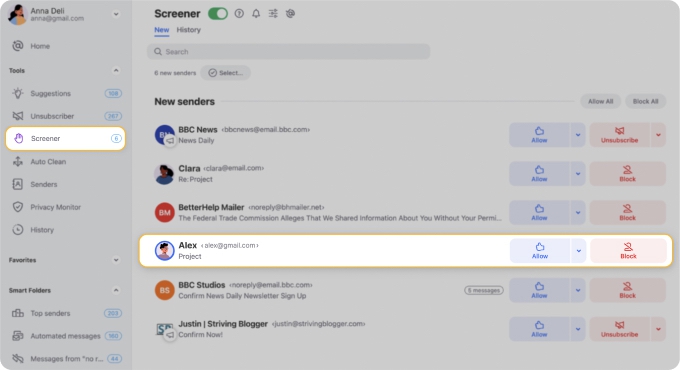
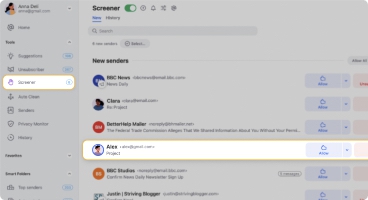
You have the control to review these messages, deciding to either block or approve the sender. Blocking a spam email address prevents future messages from reaching you, while approving a sender allows subsequent messages to land directly in your inbox. Furthermore, Clean Email facilitates an easy way to track the history of senders you've approved or blocked.
In the digital space, some spammers are email phishers seeking to steal personal information. Clean Email's Privacy Monitor is designed to protect your identity from such threats.

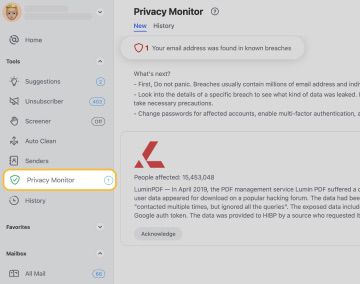
Privacy Monitor will check if your mail account was compromised in any known data breaches and security incidents, and inform you if there are any threats. If your credentials were compromised, you will be advised to change your password, use a password manager, enable multi-factor authentication, or take any other security actions (check out our guide on email security best practices).
It's important to note that there's a thin line between spam messages and benign inbox clutter. Hence, it's prudent to unsubscribe from numerous newsletters and commercial subscriptions to maintain a clean inbox.
If the thought of manually unsubscribing from newsletters and commercial subscriptions seems daunting, Clean Email has got you covered. That's where the Unsubscriber feature comes into play. With minimal effort, you can detach from unwanted subscriptions, making room for more relevant communications.

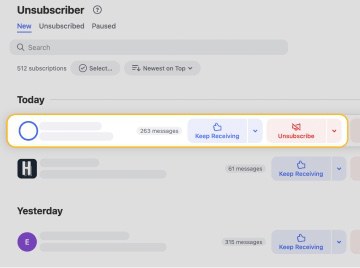
As you delve deeper into your inbox, Cleaning Suggestions emerges as a trusted assistant. It intelligently offers recommendations to reduce clutter. With a tidier inbox, spotting those pesky spamming emails becomes a breeze, ensuring you engage only with the emails that matter.
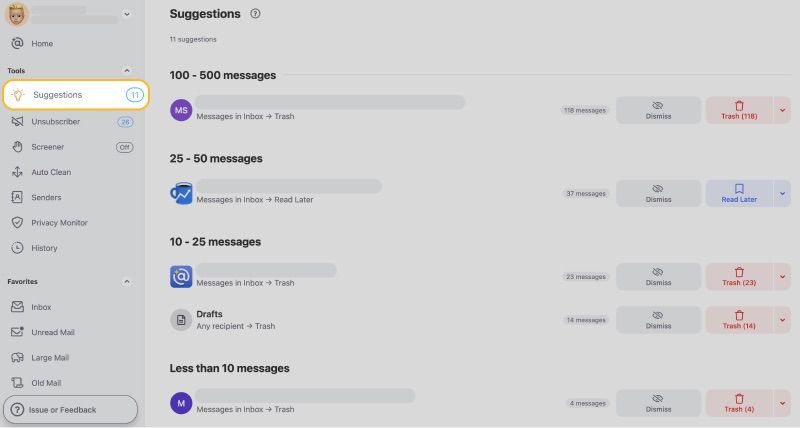
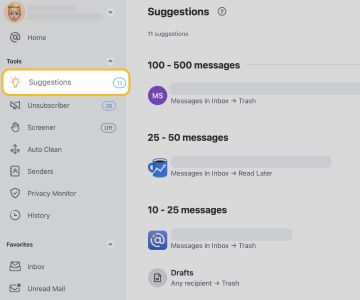
And to further improve your mailbox management, Smart Folders steps in, categorizing similar emails into organized groups.
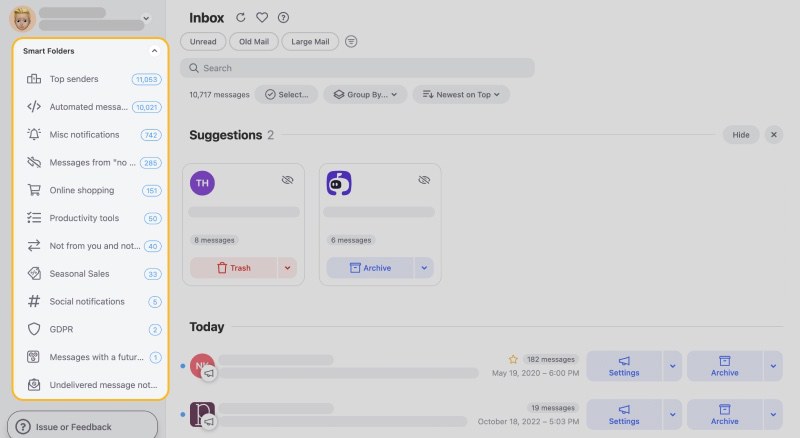
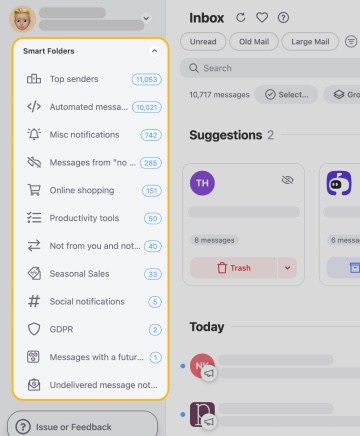
This feature ensures that whether you're sifting through work correspondences or personal notes, everything is neatly sorted, enhancing your messaging experience across all platforms.
Other ways to stop spammers
To combat the issue of saying, "someone signed me up for spam emails," it's advisable to employ additional mailbox management tools that can help keep your inbox clean and secure. Luckily, there’s a lot you can do to significantly decrease the amount of spam you receive.
- Utilize Email Filters: Set up email filters to automatically sort and segregate potential spam mail, keeping your inbox clean and secure.
- Avoid Publishing Your Email Publicly: Refrain from posting your credentials on public forums, websites, and social media platforms to prevent it from being harvested by spammers.
- Use Disposable Mail Addresses: For one-time sign-ups or subscriptions, use disposable email addresses in order not to get your primary email address spammed.
- Be Cautious with Clicks: Avoid clicking on suspicious links or downloading attachments from unknown senders, as these could be phishing attempts to harvest your email address.
- Educate Yourself and Others: Learn about the common tactics used by spammers and educate others in your network to recognize and avoid spam traps, thereby reducing the chances of your email address being shared unknowingly.

Additionally, you can block all senders of spam messages to prevent suspicious emails from reaching your inbox. In Gmail, for example, all you have to do to train spam filters and mark emails as spam is click the Report Spam button every time you encounter a spam message.
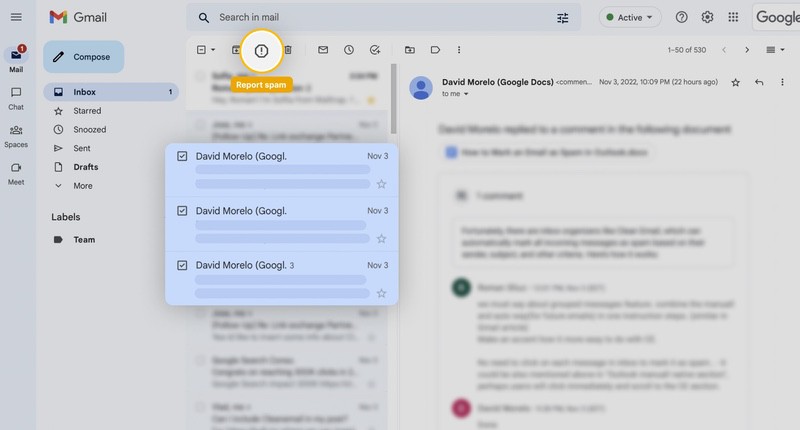
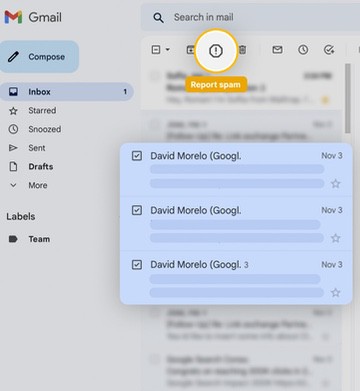
Conclusion
Email spammers are unfortunately not going away anytime soon because there’s still a lot of money to be made by bombarding email users with spam messages. With this in mind, it should be your top priority to learn how to fight back and stop spammers from making your inbox unusable.
Clean Email is a bulk email organizer with a lot of features that can help you keep malicious mail away from your inbox, and we highly recommend you use it in addition to other tips mentioned in this article.
How Email Spammer Can Get Your Email - FAQs
Who are email spammers?
In most cases, spammers are marketers who either don’t understand or don’t care that sending unsolicited messages is considered to be a criminal activity. Besides them, there are also professional cybercriminals who use mail to distribute malware or launch phishing attacks.
How do spammers get my email address?
Spammers can obtain your mail address through various methods such as scraping websites, purchasing email lists, or exploiting data breaches where personal information is leaked.
Why do scammers want your email?
Scammers seek your mail address to target you with phishing schemes, send malware, or sell your information to other malicious entities, aiming to deceive you or steal sensitive information.
What can someone do with my email address?
With your mail address, someone can send you phishing emails to extract personal information, sign you up for unwanted subscriptions, or even impersonate you in fraudulent activities.
How do spam emails work?
Spam emails are unsolicited messages sent, typically in bulk, by mail. Such messages are typically distributed by spammers who know exactly what they’re doing and are willing to go to great lengths to circumvent spam filters. They either scrape mail addresses directly from the web or obtain them from the darknet.
How to protect your email from spam using Clean Email?
Clean Email is a bulk inbox organizer capable of automatically blocking emails that match your selection, ensuring they will never reach your inbox. You can also use the app to quickly and easily unsubscribe from unwanted newsletters thanks to the Unsubscriber feature.
How to get your email address off spam lists?
To get your email address off spam lists, you can unsubscribe from unwanted newsletters or email subscriptions and use an email management tool like Clean Email to help identify and remove your address from spam lists more efficiently.
What to do if your email is sending spam?
If your email is sending spam, it's crucial to update your password to a more secure one immediately and implement multi-factor authentication to enhance security; also, scan your system for malware and report the issue to your email service provider.


